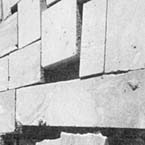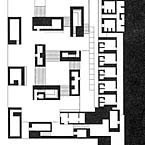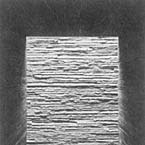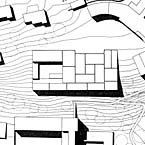









Switzerland

May - June 1996
|
While Switzerland today represents one of the most important centers of modern architectural thought, Peter Zumthor's works are among its major achievements. Not only because of the beauty of clean forms and masterly knowledge of materials but above all because of his exceptional control of the final spatial impression his buildings emanate. This final effect cannot be achieved through theory only, but primarily through knowledge of practical mastership of architectural profession. Zumthor says that he wishes to create spaces with soul, which become part of everyday life and stand against the general artificiality of the world. For his, the language of material itself is more important than its form, as only simplicity and clarity of the building will attract us to choose it for our comfortable dwelling. In Zumthor's works, simplicity of architectural form has an elegant effect as it is achieved with precision which challenges the limits of craftsmanship skills. |
Zumthor reminds us of Loos as he does not try to invent the architectural expression of our era. He reminds us also of Le Corbusier as he systematically doubts the generally accepted truths and approaches each challenge in a new way, using his own experience. He creative effort, however, is directed towards reestablishing the eternal values. It is precisely for this reason that he can always surprise us with intelligent use of effects we all know and are part of our living culture. However, he must show them to us to be able to see them in a new light. This is the case with the protection of Roman excavations in Chur where he applied the principle of half-closed Venetian blinds, thus creating magic light effects; with the chapel in Sogn Benedegt where he drew our attention to the underestimated poetics of wooden shingles; with his own studio in Haldenstein where he capitalizes on the contrast between the wooden building and steel furniture to bring out the features of the two materials. |
Designing the home for the elderly he convincingly introduced the motif of a window across two floors; as material he used stone from Slovenia which was his first contact with our culture. The extension of the chalet in Versam presents an original combination of traditional farmers fireside and Roman hypocaust, while the Thermal Baths in Vals rediscover the pleasure of bathing known in Roman or Turkish baths. In this sense, Zumthor represents a guilty consciousness of the civilization which strives for new discovers while forgetting the eternal values forged by thousand years of experience. It is this enlightenment that hides the avant-gardism of his work.
Andrej Hrausky |

 |
 |
 |
 |





